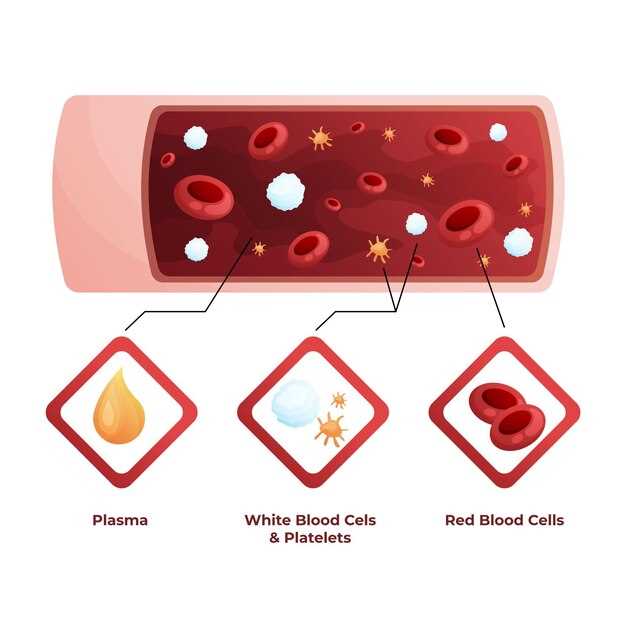
Curious about how Tamsulosin and Clarithromycin interact? Learn more about this fascinating phenomenon and how it may affect your treatment plan. Tamsulosin is commonly used for prostate conditions, while Clarithromycin is an antibiotic – but when combined, their interaction can lead to unexpected results. Stay informed and stay ahead of your health with expert guidance on Tamsulosin and Clarithromycin interaction.
Overview
Knowing the potential side effects of the interaction between Tamsulosin and Clarithromycin is essential for informed decision-making. These side effects can range from mild to severe and may require medical attention. It is crucial to be aware of the risks involved and take necessary precautions when using these medications together.
Understanding the possible adverse reactions can help you monitor your health and seek prompt medical assistance if needed. By being vigilant and informed, you can manage any potential risks and ensure the safe and effective use of Tamsulosin and Clarithromycin.
Potential side effects
When taking Tamsulosin and Clarithromycin together, there are several potential side effects that may occur. It is important to be aware of these possible reactions and to consult your healthcare provider if you experience any of them. Some of the common side effects of this interaction may include:
| 1. Dizziness |
| 2. Headache |
| 3. Nausea |
| 4. Fatigue |
These side effects may vary in severity and may not affect everyone who takes these medications together. It is essential to monitor your symptoms and report any adverse reactions to your healthcare provider promptly.
Precautions and warnings
It is crucial to be aware of the precautions and warnings associated with the Tamsulosin-clarithromycin interaction to ensure safety and effectiveness.
Key considerations:
1. Inform your healthcare provider about all medications, including over-the-counter drugs and supplements, to avoid potential interactions.
2. Monitor for symptoms such as dizziness, fainting, or irregular heartbeat, which may indicate a severe reaction.
3. Seek medical attention immediately if you experience any concerning side effects or changes in health status.
Take these precautions: Follow the prescribed dosage and schedule, do not adjust it without consulting your doctor. Keep medications away from children and store them in a cool, dry place.
By following these precautions and being vigilant of warning signs, you can manage the Tamsulosin-clarithromycin interaction effectively and prioritize your well-being.
Managing the interaction
It is essential to manage the interaction between tamsulosin and clarithromycin carefully to avoid potential adverse effects.
Here are some practical steps to help you manage this interaction:
1. Consult your healthcare provider: If you are prescribed both medications, consult your doctor or pharmacist to discuss the potential risks and benefits. They can provide personalized advice based on your medical history and current medications.
2. Follow dosage instructions: Take tamsulosin and clarithromycin exactly as prescribed by your healthcare provider. Do not exceed the recommended dosage or change the dosing schedule without medical guidance.
3. Monitor for symptoms: Be vigilant for any unusual symptoms or side effects while taking these medications together. Report any concerns to your healthcare provider promptly.
4. Consider alternative medications: In some cases, your healthcare provider may recommend alternative medications that do not interact with each other. Discuss this option if necessary.
5. Stay informed: Stay informed about the potential interactions between tamsulosin and clarithromycin. Be proactive in understanding how these medications may affect each other and your overall health.
By following these steps and staying informed, you can effectively manage the interaction between tamsulosin and clarithromycin to ensure your well-being.
Consulting your healthcare provider

When considering any potential drug interaction, it is crucial to consult with your healthcare provider. Your doctor or pharmacist can provide valuable insights into the risks and benefits of combining medications. They can also offer alternative solutions or adjust your dosage to minimize the interaction’s impact.
Make sure to:
- Inform your healthcare provider about all the medications you are currently taking, including prescription drugs, over-the-counter medications, and supplements.
- Discuss any existing medical conditions or allergies that may affect how your body responds to the medications.
- Follow your healthcare provider’s guidance on managing the interaction and monitoring for any potential side effects.
Remember, your healthcare provider is your partner in maintaining your health and well-being. Open communication and collaboration are key to ensuring safe and effective treatment.
